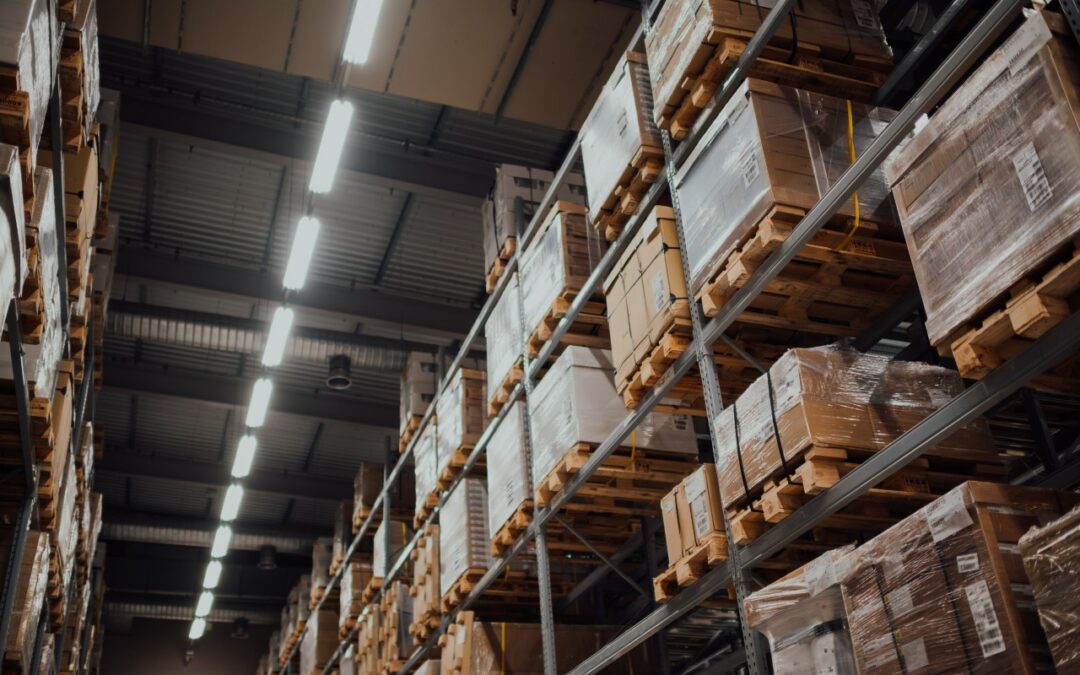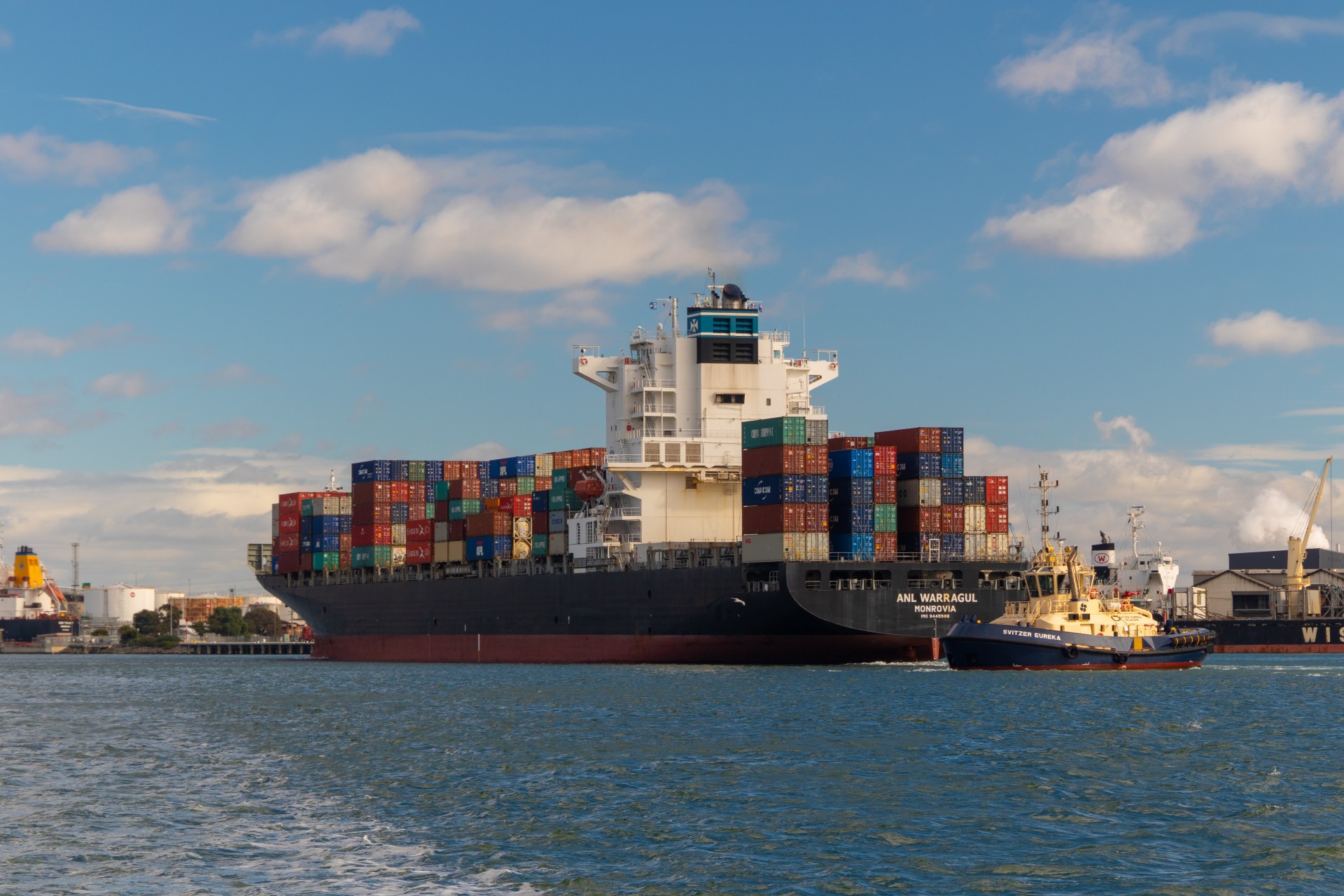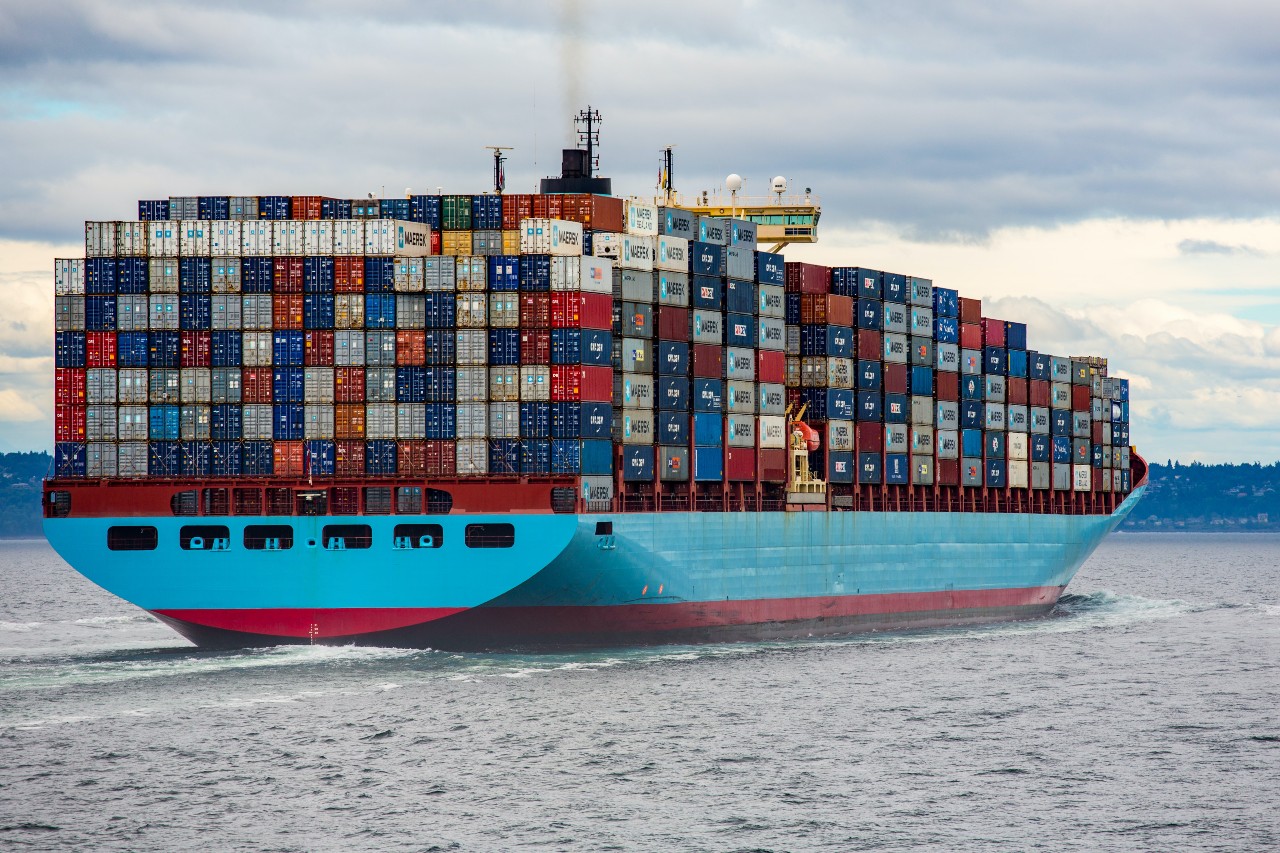When compared with the ease of filing Drawback claims on an accelerated duty refund basis, the advantages of Drawback are obvious.
Responsibilities and costs of operating in a FTZ is generally borne by OPERATORS and USERS.
Operators – are defined as a corporation, partnership, or person that operates a FTZ or FTZ subzone under the terms of an agreement with the Grantee (19 CFR 400.2(q)). Activation of a zone requires the execution of an Operator’s bond on a CBPF 301, which contains the bond conditions required by 19 CFR 113.73 (19 CFR 146.6(d) and (e)). The bond insures the principal’s agreement to comply with the pertinent laws and CBP regulations and delineates the particular responsibilities of the Operator.
Users – are defined as corporation, partnership, or person that uses a zone under agreement with the Grantee or Operator for storage, handling, processing, or manufacturing of merchandise in zone status, whether foreign or domestic (15 CFR 400.2(t) and 19 CFR 146.1(b)). Usually, the User is the entity that requests a permit to admit, process, or remove zone status merchandise. In subzones, the Operator and User are usually the same entity. They are sometimes referred to as “tenants”.
Grantees – A Grantee is a public or private corporation, as defined in 15 CFR 400.2, to which the privilege of establishing, operating, or maintaining a zone project has been given. At times a Grantee could be an Operator or User. Grantees have costs for numerous operational responsibilities, which are proportionately passed on the Operators and Users, including:
- Provide and maintain facilities in connection with a zone according to the provisions of 19 U.S.C. §81(b);
- Operate the zone as a public utility with fair and reasonable rates and charges for all zone services and privileges, and afford to all who apply for the use of the zone and its facilities and provide uniform treatment under like conditions, in accordance with 19 U.S.C. §81n and 15 CFR 400.42(b);
- Make annual reports to the FTZ Board containing such information as the FTZ Board may require (19 U.S.C. §81p (b) and 15 CFR 400.46(d));
- Maintain books, records, and accounts in accordance with the provisions of 15 CFR 400.46(a), (b);
- Apply to the FTZ Board for a grant of authority to establish a subzone or to expand or otherwise modify its zone project (15 CFR 400.22(d), 400.26(a)(1));
- Permit the erection of buildings necessary to carry out approved zone projects in accordance with 19 U.S.C. §81m and 15 CFR 400.28(a)(6);
- Operate, maintain, and administer the zone project under the FTZ Act, and laws and regulations administered by CBP for other agencies or administered directly by other agencies, and the schedules of rates and charges made and fixed by the Grantee, in accordance with 15 CFR 400.41 and 15 CFR 400.42(b)(1);
- Make written application to the Port Director for approval of a new Operator, pursuant to 19 CFR 146.7(e), (f);
PHYSICAL MOVEMENT OF GOODS INTO THE FTZ (IN-BOND): GOODS CAN MOVE TO THE FTZ IN 1 OF 2 WAYS:
- REGULAR ADMISSIONS:
- FTZ CARGO MUST HAVE CARRIER RELEASE PRIOR TO MOVEMENT TO FTZ
- REGULAR ADMISSION REQUIRES THAT A CF214 MUST BE TRANSMITTED TO CBP AND ‘ADMISSION AUTHORIZED’ PRIOR TO ANY MOVEMENT OF GOODS TO THE FTZ ARE ALLOWED.
- THE PHYSICAL TRANSFER OF GOODS INTO THE FTZ IS INITIATED WITH THE ‘EPTT’ (ELECTRONING PERMIT TO TRANSFER) APPLICATION AND CBP ISSUING PERMIT TO TRANSFER THE GOODS REFLECTED IN THE CF214. IT SHOULD BE NOTED VARIOUS APPLICATIONS AND PERMITS ARE ISSUED WITH THE FILING OF EACH CF214 WITH CBP, AS FOLLOWS:
- APPLICATION MADE/PERMISSION GRANTED FOR ‘ADMISSION’ INTO FTZ
- APPLICATION MADE/PERMISSION GRANTED FOR FTZ MERCHANDISE FTZ STATUS DESIGNATION, I.E.:
- ‘NON-PRIVELEDGE’ FOREIGN GOODS
- ‘PRIVILEDGED’ FOREIGN GOODS
- ‘ZONE RESTRICTED’
- ‘DOMESTIC’
- FTZ OPERATOR AGREES TO ‘ACCEPT’ MERCHANDISE INTO THE FTZ
- THE ADMISSION (CF214) AUTHORIZED
- WHEN EPTT HAS BEEN AUTHORIZED (SEA SHIPMENTS ONLY) – A “PTT MESSAGE DATA ACCEPTED” WILL BE SENT TO BOTH THE FTZ OPERATOR AND THE CARRIER, WHO WILL THEN BE AUTHORIZED TO MOVE THE CARGO TO THE FTZ
- BEFORE AN EPTT CAN BEEN AUTHORIZED (AIR SHIPMENTS ONLY) – IT MUST BE DETERMINED IF THE CARGO WILL MOVED TO THE FTZ DIRECTLY FROM THE CARRIER OR A DECONSOLIDATOR/CFS
- IF THE CARGO IS TO MOVE DIRECTLY FROM THE CARRIER – THEN THE PROCESS WILL PROCEED AS DESCRIBED ABOVE FOR SEA SHIPMENTS
- IF THE CARGO IS TO MOVE FIRST TO A DECONSOLIDATOR/CFS BEFORE MOVING TO THE FTZ – IT IS VITAL THAT THE EPTT IS NOT FILED UNTIL THE CARGO IS RECEIVED AT THE CONSOLIDATOR/CFS – AT THE MAWB LEVEL; IF NOT, THE “AUTHORIZATION” NOTIFICATION WILL BE SENT TO THE CARRIER AND NOT THE CONSOLIDATOR/CFS.
- FTZ CARGO THEN MOVES TO THE FTZ VIA PTT (WHEN MOVEMENT IS WITHIN THE SAME PORT) OR VIA AN IN-BOND (I.T.) ENTRY (WHEN MOVEMENT IS ORIGINATING FROM A DIFFERENT PORT)
- DIRECT DELIVERY:
- WHEN A FTZ OPERATOR IS AUTHORIZED FOR DIRECT DELIVERY PROCESSING – THEY ARE ALLOWED TO MOVE GOODS INTO THE FTZ FIRST (PRIOR TO SUBMISSION OF THE CF214) – AS PRESCRIBED ABOVE – THEN SUBMIT THE CF214 WITHIN 24 HOURS OF THE GOODS BEING RECEIPTED AT THE FTZ
FTZ ADMISSION (ENTRY) PROCESS:
EXITING THE FTZ:
CONSUMPTION ENTRY – MUST BE TRANSMITTED TO CBP AND APPROVED FOR RELEASE FROM THE FTZ AND ENTRY INTO THE COMMERCE OF THE U.S.
TRANSPORTATION ENTRY – ARE ENTRIES THAT ALLOW FTZ GOODS TO BE TRANSPORTED FROM THE FTZ, UNDER CBP SUPERVISION. THESE INCLUDE IMMEDIATE EXPORT (I.E), TRANSPORTATION AND EXPORTATION (T & E) MUST BE TRANSMITTED TO CBP AND APROVED FOR EXPORT FROM THE U.S.
SUMMARY:
- FTZ NUMEROUS OPERATING COSTS MUST BE ABSORBED
- ISF FILING IS REQUIRED FOR SEA SHIPMENTS
- USING FTZ FACILITIES REQUIRES 2 ENTRIES:
- THE FILING OF AN ADMISSION DOCUMENT – E214 – TO GET AN ELECTRONIC “ADMISSION AUTHORIZED” (A “PAPERLESS ADMISSION” RESPONSE) FROM CBP
- THE FILING OF A TRANSPORTATION OR CONSUMPTION ENTRY TO REMOVE GOODS FROM THE FTZ
- FDA: PN (BIO TERRORISM ACT – BTM), WHEN APPLICABLE, IS REQUIRED TO BE FILED FOR FTZ, AT THE B/L LEVEL – AND MUST BE IN THE SYSTEM WHEN THE CF214 DATA IS TRANSMITTED ABI
- CARGO SELECTIVITY WILL BE PROCESSED ON ALL FTZ ADMISSIONS DATA
- OUR OPERATING SYSTEM KEEPS TRACK OF GOODS ENTERED INTO A FTZ – AND UPDATES CBP
- FTZ ADMISSION CONVEYANCE – UNDER CBP SUPERVISION (AT HIGHER COSTS)
- FTZ EXPORT CONVEYANCE – UNDER CBP SUPERVISION (AT HIGER COSTS) a




